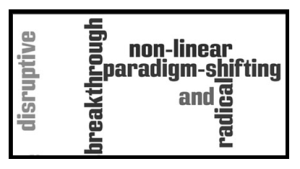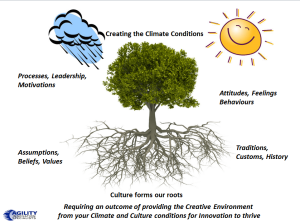T hese are simply some opening thoughts. For a long time, I have become increasingly dissatisfied with the way we have managed or even depicted the innovation value chain.
hese are simply some opening thoughts. For a long time, I have become increasingly dissatisfied with the way we have managed or even depicted the innovation value chain.
I really think we should bring it up to date.
There has been such a considerable change taking place in many of the parts of innovation management, I think we need to replace the existing fuzzy front end, the pipeline and portfolio stage followed by execution with something far more reflective of how we think and what we deploy today as tools, methods and frameworks to deliver innovation.
The ‘old approach’ just does not calibrate anymore for me with where we have been heading, or more importantly in how we are attempting to manage innovation within our organizations.
So I feel we need to determine a new innovation value chain and would like to make the first attempt







